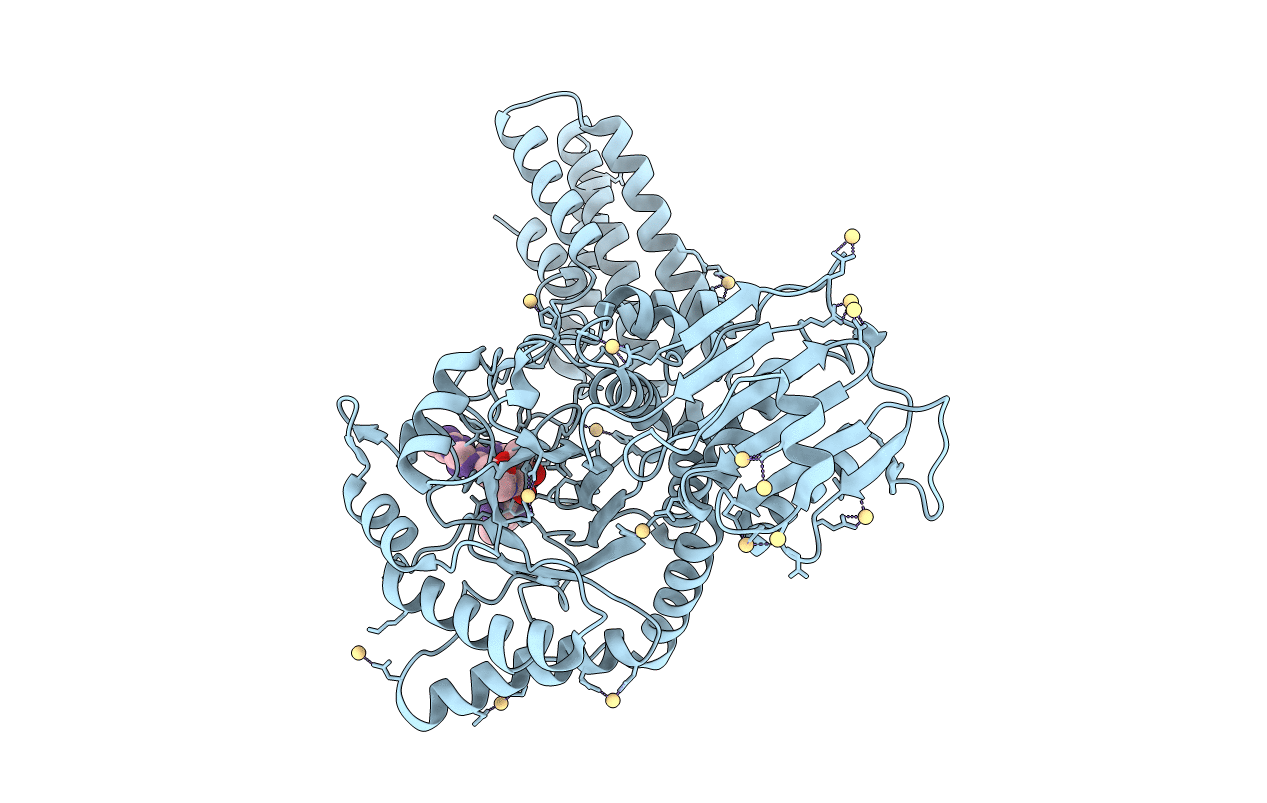
Deposition Date
2011-03-24
Release Date
2012-03-14
Last Version Date
2024-11-06
Entry Detail
PDB ID:
2YDQ
Keywords:
Title:
CpOGA D298N in complex with hOGA-derived O-GlcNAc peptide
Biological Source:
Source Organism:
CLOSTRIDIUM PERFRINGENS (Taxon ID: 1502)
HOMO SAPIENS (Taxon ID: 9606)
HOMO SAPIENS (Taxon ID: 9606)
Host Organism:
Method Details:
Experimental Method:
Resolution:
2.60 Å
R-Value Free:
0.23
R-Value Work:
0.19
R-Value Observed:
0.19
Space Group:
P 61


